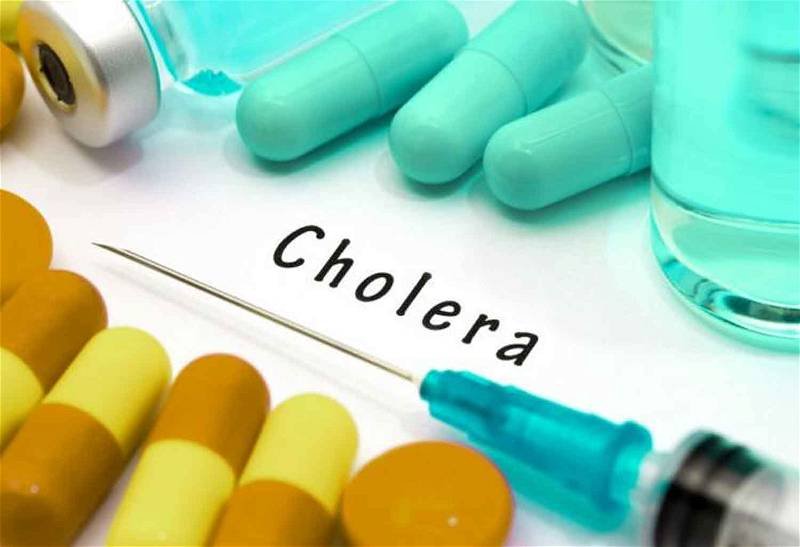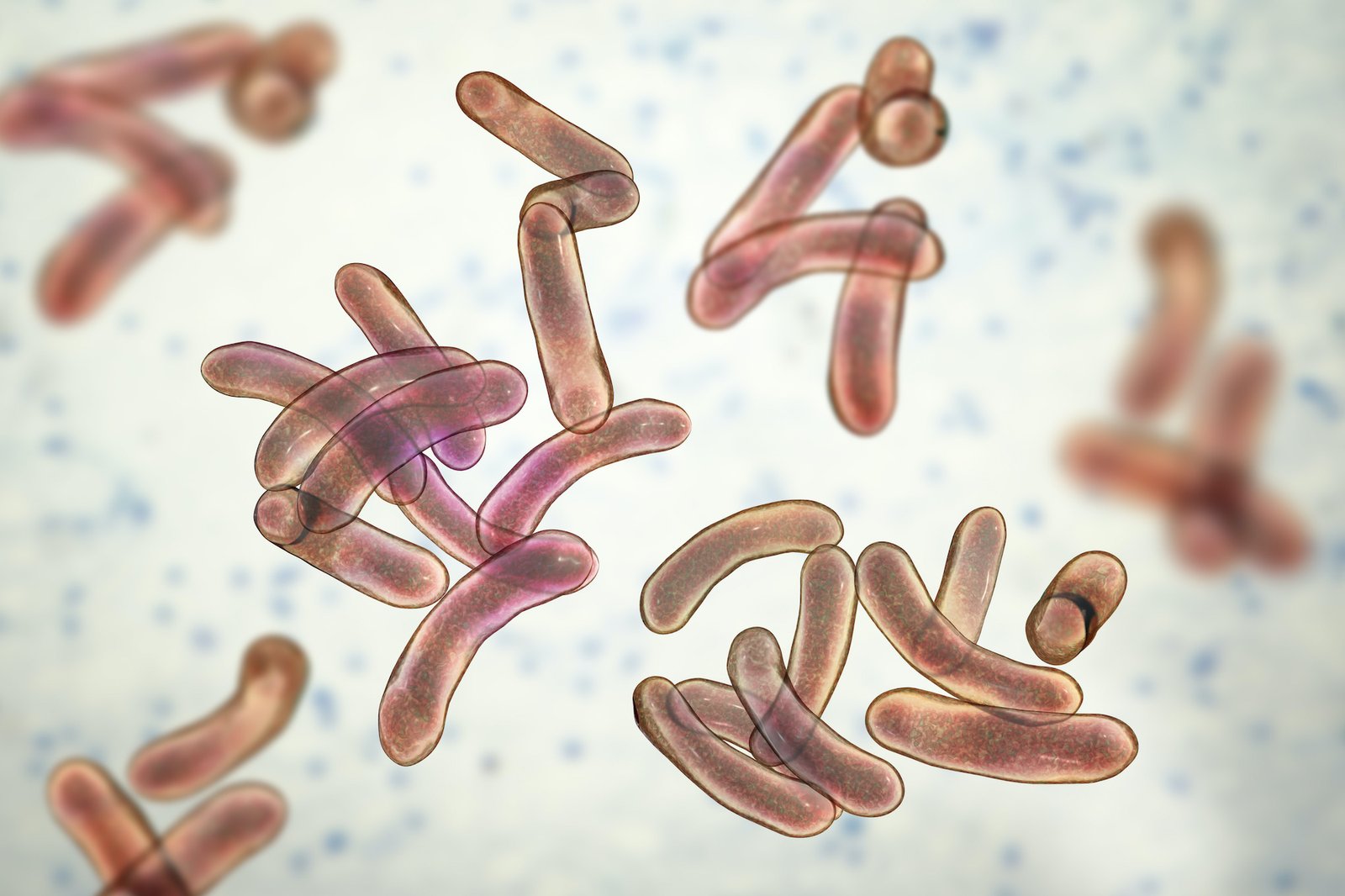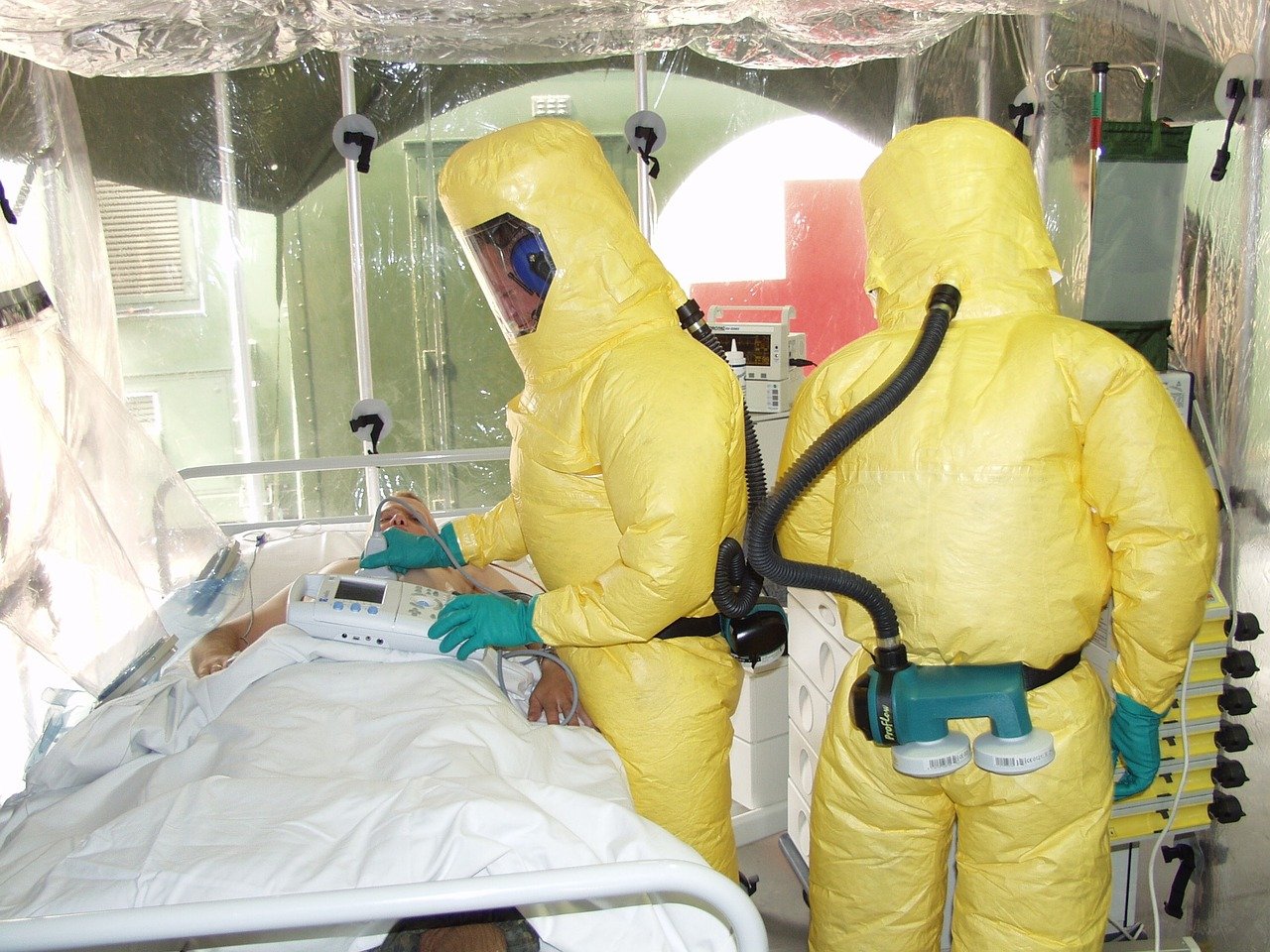Cholera is a severe diarrheal illness caused by the bacterium Vibrio cholerae. It spreads through contaminated water and food, leading to potentially life-threatening dehydration if not treated promptly. In this comprehensive guide, we will delve into the various aspects of cholera, including its symptoms, causes, diagnosis, treatment, and prevention methods.
1.Cholera Symptoms
1.Dehydration and Electrolyte Imbalance:

The rapid loss of fluid through diarrhea and vomiting can lead to severe dehydration. Dehydration occurs when the body loses more fluids than it takes in, and it can be life-threatening if not addressed promptly. Individuals with cholera may experience extreme thirst, dry mouth, decreased urine output, sunken eyes, and a rapid heart rate – all signs of dehydration. Additionally, the loss of electrolytes, such as sodium, potassium, and chloride, can disturb the body’s balance and lead to weakness, muscle cramps, and irregular heartbeats.
2. Vomiting and Abdominal Cramps:

Alongside diarrhea, people with cholera often experience vomiting. The vomit is usually clear and watery, and its frequency can exacerbate dehydration. Abdominal cramps and discomfort are also common, as the intestines become inflamed due to the infection. These cramps can be quite painful and contribute to the overall discomfort experienced by the affected individuals.
3. Rapid Onset and Severity:

One of the hallmarks of cholera is the rapid onset of symptoms. Within hours, a seemingly healthy individual can go from feeling well to experiencing severe diarrhea and dehydration. The suddenness of the disease progression requires swift medical attention to prevent complications and ensure proper treatment.
2.Cholera Causes

- Bacterium Vibrio cholerae: Cholera is caused by the bacterium Vibrio cholerae, specifically by certain serogroups of the bacterium. The two main serogroups responsible for epidemic cholera. The bacterium attaches to the lining of the small intestine, where it produces a toxin called cholera toxin.
- Cholera Toxin: Cholera toxin is the key virulence factor produced by Vibrio cholerae. It triggers the excessive release of electrolytes and water from the cells lining the small intestine. This leads to profuse watery diarrhea, which is the hallmark symptom of cholera. The loss of fluids and electrolytes can result in severe dehydration and electrolyte imbalances.
- Contaminated Water and Food: The main mode of transmission of cholera is through the consumption of contaminated water and food. Water sources contaminated with human feces containing Vibrio cholerae bacteria can spread the infection rapidly. Consuming raw or undercooked seafood from contaminated waters can also lead to infection.
- Poor Sanitation and Hygiene: Cholera often occurs in areas with inadequate sanitation and hygiene practices. Lack of proper sanitation facilities, improper waste disposal, and open defecation contribute to the contamination of water sources and the spread of the disease.
- Person-to-Person Transmission: While the primary mode of transmission is through contaminated water and food, cholera can also spread from person to person in crowded or unsanitary conditions. This can occur when individuals come into direct contact with the feces or vomit of an infected person.
- Travel and Migration: Cholera can spread to new areas when infected individuals travel or migrate from one region to another. This can lead to outbreaks in areas that were previously unaffected by the disease.
- Lack of Access to Clean Water: Communities that lack access to clean drinking water are at a higher risk of cholera outbreaks. Adequate water treatment and proper sanitation facilities are crucial in preventing the spread of the disease.
3.Cholera Treatment

Cholera, a severe diarrheal disease caused by the bacterium Vibrio cholerae, requires prompt and comprehensive treatment to prevent dehydration and potential life-threatening complications. Effective treatment strategies focus on rehydration, addressing electrolyte imbalances, and managing the underlying infection. In this section, we will explore the various approaches to treating cholera and restoring patients to health.
1.Rehydration

The primary goal of cholera treatment is rehydration – replacing the fluids and electrolytes lost through severe diarrhea and vomiting. Oral rehydration solutions (ORS) are a key component of this strategy. ORS contains a carefully balanced mixture of salts and sugars that help the body absorb fluids and electrolytes more effectively. Patients are encouraged to drink ORS frequently to counteract the fluid loss and dehydration associated with cholera.
2. Intravenous Fluids

In cases of severe dehydration, where patients are unable to tolerate oral fluids or when ORS alone is insufficient, intravenous, fluids are administered. fluids are delivered directly into the bloodstream, rapidly replenishing lost fluids and electrolytes. This method is particularly crucial when patients are at risk of shock due to extreme fluid loss.
3. Zinc Supplements

Zinc supplementation is recommended, especially in pediatric cases of cholera. Zinc helps reduce the duration and severity of diarrhea and supports the overall recovery process. It also contributes to maintaining a healthy immune system, which is essential for combating the infection.
4. Nutritional Support

Cholera can lead to significant nutrient loss due to vomiting and diarrhea. Providing adequate nutrition is an integral part of treatment. Nutrient-rich foods and, if necessary, specialized nutritional supplements help patients regain their strength and recover more quickly.
5. Isolation and Infection Control

In healthcare settings, isolating cholera patients is crucial to prevent the spread of the infection. This involves using separate facilities, ensuring proper sanitation, and implementing infection control measures. Effective waste disposal, proper hand hygiene, and maintaining a clean environment are essential components of infection prevention.
6. Community Education
Educating communities about cholera, its symptoms, and the importance of timely treatment and prevention measures is vital. By raising awareness and promoting good hygiene practices, communities can play an active role in preventing outbreaks and reducing the impact of the disease.
If you have any queries related to medical health, consult Subhash Goyal or his team members on this given no +91 99150 72372, +91 99150 99575, +918283060000


